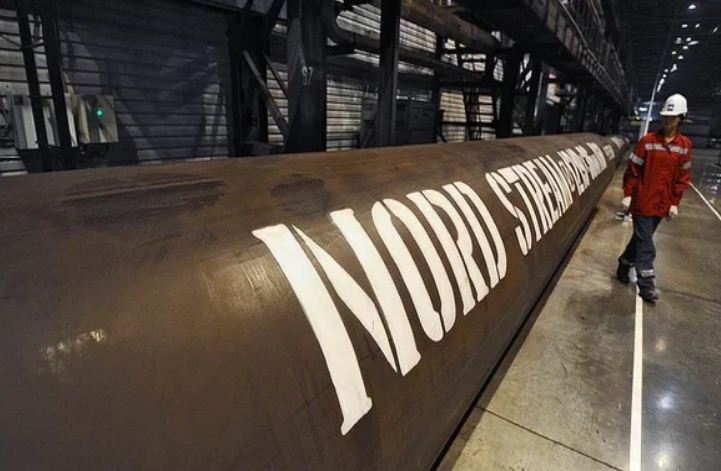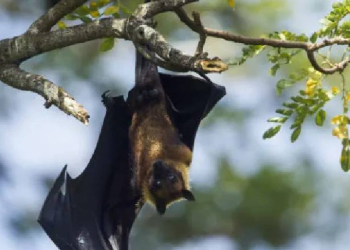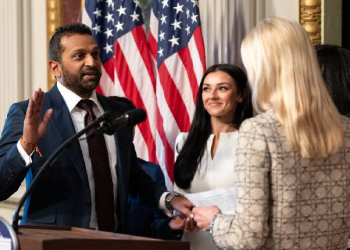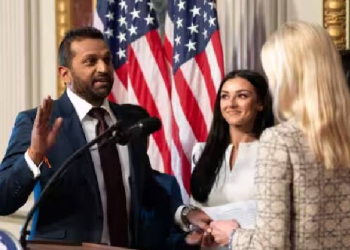New Delhi: “The winter is coming” may have become an overplayed phrase from the fantasy series Game of Thrones. But, with the spectre of gas shortages looming on account of the Ukraine-Russia war, Europe, particularly Germany should be bracing for real-life difficulties, especially when a harsh winter is closing in. A host of factors have contributed to a grim energy situation, used for heating , transportation and electricity in Europe.
When the rest of Europe was reeling under energy related pressure, Germany was relatively well positioned because of established and uninterrupted channels of energy imports from Russia as well as the size of its economy which allowed it to sustain large energy imports unlike other European economies. However, rapidly changing metrics of global security, the lingering impact of the pandemic leading to disrupted supplies, a pent-up demand, climate policies of countries to shift away from traditional sources of energy and above all, the Russia-Ukraine war have all contributed to a rapidly changing energy situation in Europe.
Currently, Germany only produces about 40 per cent of its electricity putting massive strain on other sources. For Germany, while its Energiewende has been a relatively successful experiment with rapid transitions to renewables, the Russia-Ukraine war has thrown a gauntlet for the country.
Germany’s energy targets announced in 2019, consistent with global climate goals, are not helping its expanding demand amidst resource constraints.
Above all, Germany has no plans to expand its nuclear energy basket with only three functional plants. Although Germany had drawn a blueprint for the closure of its dependence on coal before the Ukraine war, it has now been forced to increase its dependence on coal as a source of energy.
At least since 2021, the price of gas has kept Europe on the edge and has slowed global recovery. The interlinkage of the energy sector with almost every other important sector such as food, fertilizer and even national security has impacted countries’ domestic and external choices. In Germany, farmers have found it difficult to avail fertilizers for their corn and wheat farming as natural gas required for making fertilizers remains scarce. Germany is a heavily industrialized country and depends on manufacturing. The German industry sector accounts for 40 percent of all electricity usage in the country and an estimate in January this year has shown that manufacturers in Germany paid 25 per cent more than the year before in electricity charges. The energy costs have percolated down to the masses in Germany and is likely to get worse as the winter approaches and the war in Europe drags on.
The sudden shift in energy supplies from its east to other parts has necessitated a massive overhaul in energy infrastructure for Germany.
At the heart of this rejig are the two main energy supply lines from Russia; Nord Stream 1 and the Nord Stream 2. While the latter was still under construction before the crisis hit Europe, the Nord Stream 1 remains a primary channel for energy supplies to Germany from Russia. Russia has already reduced gas flows through the Nord Stream 1 by 40 percent since the war began. Coalition pressure due to the war in Ukraine has forced Germany to limit natural gas, its primary energy import from Russia, to minimal. Until May this year, 12 percent of Germany’s oil imports still came from Russia as opposed to 35 percent previously.
The EU’s promise that it will ban 90 per cent of Russian oil by this year-end may have intensified both short- and long-term challenges for Berlin. While in the short term it means securing alternate sources of energy in a limited time-frame, the long-term challenges for Germany include building newer energy infrastructure and supply routes, and above all sustaining supplies from its new partners.
The German Economy Minister Robert Habeck has said that, “the construction of electricity networks, LNG terminals and renewable energy must be done at ‘Tesla speed’.”
In all these, redirecting supply chains for Germany will perhaps pose the greatest challenge of all amidst a combined western scramble to isolate Russia and replace Moscow’s exports with other OPEC members and other energy rich countries. Beyond the supplies, Germany’s race against time will be to complete billion-dollar construction projects concerned with energy needs before the winter. What may ameliorate Berlin’s energy target-stress is its substantive expansion of renewables which is in sync with its 2019 target of cutting greenhouse gas emissions by 65 per cent by 2030 and 88 per cent by 2040.
The post-Ukraine scramble of the West ushers a new era of geopolitics around energy in which Germany possibly stands to pay a greater price than its other Western partners. Germany’s decision to significantly curtail its energy reliance on Moscow rides on a lot of uncertainties. Despite the assurance by the US, OPEC member countries like Saudi Arabia, UAE and Venezuela remain guarded.
Germany’s decision to significantly overhaul its energy reliance on Russia may have helped it to overcome its negative perception of a free-rider in European strategic security but the difficult roads are yet to be navigated. In some ways, Germany’s dalliance with Moscow continues, most recently with the German Chancellor Olaf Scholz favouring Russia and opposing a decision by Lithuania – an EU partner and a NATO member -to check Russian supplies crossing its territory between Moscow and Kaliningrad causing substantive delays. Germany’s interests still overlap with Moscow, even if dwindling.
While Germany’s decision to significantly increase its defence spending to 100 billion euros and its promise to keep its defence spending above 2 percent of its GDP principally consolidate its position as a security contributor to NATO for this year, the potential impact of such diversification of funds on other sectors within the country remains to be seen. Besides, whether such funding will be sustained for successive years to come also remains unclear.
(IANS)




















